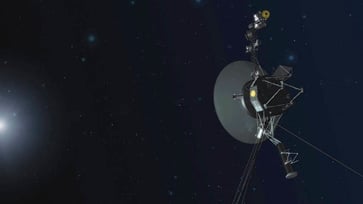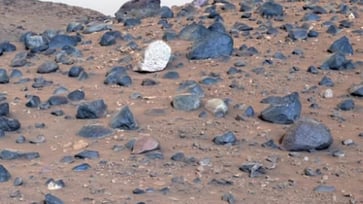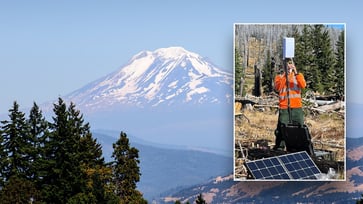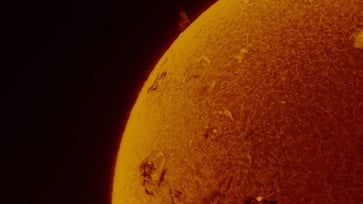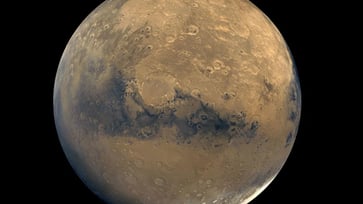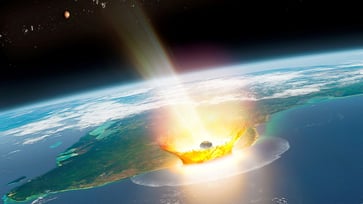A new dinosaur species resembling T. rex has been discovered in Asia, considered 'one of the most significant' findings.
Kyrgyzstan's first theropod dinosaur species discovered is Alpkarakush kyrgyzicus.
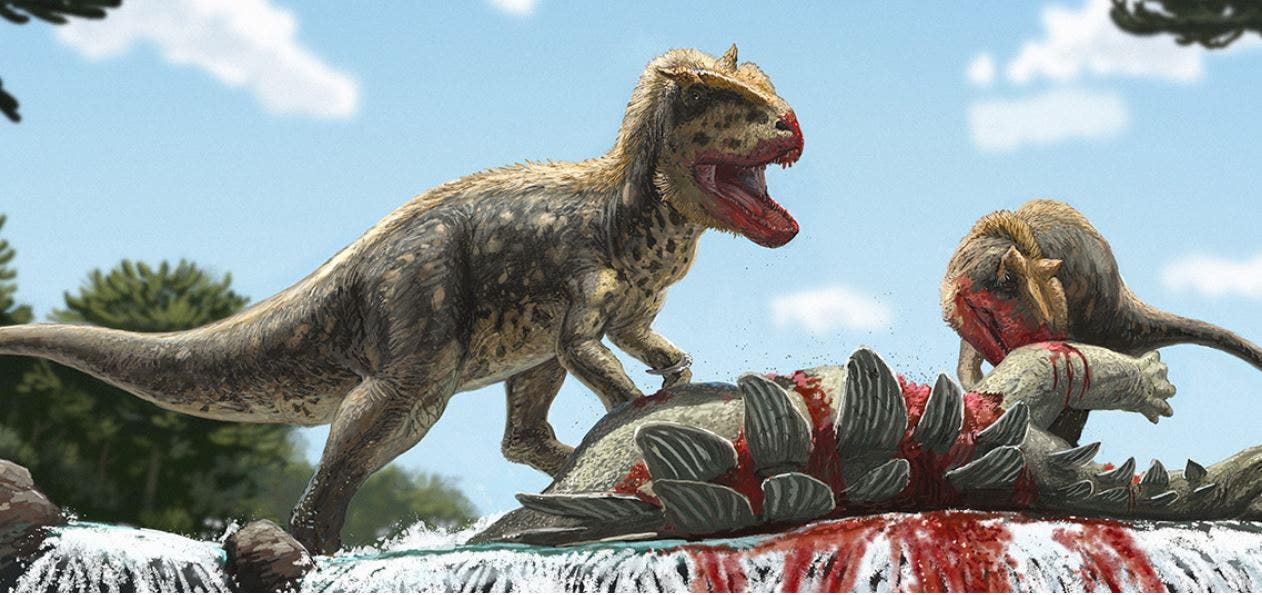
At least 165 million years ago, a new carnivore arrived in town.
A new species and genus of theropod dinosaur, the Alpkarakush kyrgyzicus, has been discovered in Kyrgyzstan by an expedition team of German and Kyrgyz researchers, as announced by the Bavarian State Natural History Collections in Germany.
The discovery of Alpkarakush kyrgyzicus in Kyrgyzstan is the first theropod dinosaur found in the region and is considered a significant find in Central Asia, according to a news release from the institution.
No large Jurassic predatory dinosaurs were previously known to inhabit the area around Kyrgyzstan, between Central Europe and Eastern Asia, according to the institution.

In 2006, Kyrgyz paleontologist Aizek Bakirov discovered the first fossils of Alpkarakush kyrgyzicus in a mountainous desert region of the country, near Tashkumyr.
Over the past decade, numerous fossils, including skull bones, pelvic vertebrae, and forearms, have been discovered.
The dinosaur is believed to be around 30 feet long.

"The institution highlighted the skull bone behind the eye-opening, which protrudes significantly and indicates the presence of a horn. Additionally, unique features can be found on the dorsal vertebrae and the femur."
Both Alpkarakush kyrgyzicus and Tyrannosaurus rex (T. rex) were theropods, despite T. rex living later in the Cretaceous period and in different regions. These dinosaurs were characterized by walking on strong back legs and having shorter front limbs. Today, modern birds have evolved from theropods.

The discovery made by Professor Oliver Rauhut of the Bavarian Collection of Paleontology and Geology in Munich, who was the first author of the study published in the Zoological Journal of the Linnean Society, has filled a significant void in our understanding of Jurassic theropods. This discovery has given us valuable new insights into the evolution and biogeography of these animals.
A juvenile Alpkarakush kyrgyzicus specimen was discovered at the site alongside an adult dinosaur, suggesting it may have been a parent and child.
The bird Alpkarakush, a mythological creature from Kyrgyz folklore, is the namesake of the species Alpkarakush kyrgyzicus, which is found in the Kyrgyz Republic.
science
You might also like
- Lunar modules from the first two moon landings have been captured in stunning detail by Orbiter photos, more than 50 years after the historic missions.
- Discovery of a remarkable mastodon jaw in a New York homeowner's backyard
- NASA resumes communication with Interstellar Voyager 1 after pause.
- In 2055, the asteroid that was once referred to as Earth's "mini moon" will make a return visit.
- A new species of sea slug that resides in the ocean's 'midnight zone' has been discovered with a glowing appearance.
